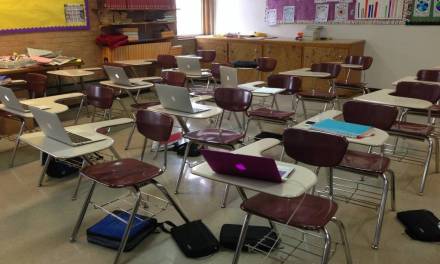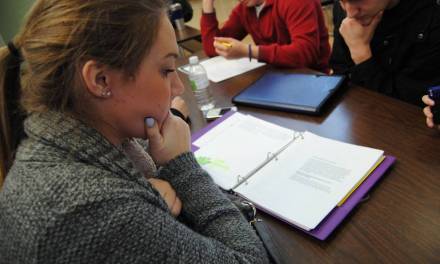Alternative provision can be defined as education arranged outside of mainstream schools, by the school or local authority.
Schools can use such provision to try to prevent exclusions or to re-engage students in education.
Some students spend a significant proportion of their week away from their school or unit.
But why are they ideal for non-attenders? This blog post explains.
What is alternative provision?
According to Ofsted, more than 10% of students in Years 9-11 were attending alternative provision away from the school or unit for at least part of each week.
Occasionally, students are placed with an alternative provision – and play no part in school life.
At its best, alternative provision was selected carefully by schools and units, was used well to support learners as part of their whole curriculum, and was valued by the students. Such placements helped to re-engage students in learning.
Where communication was good, the school or unit shared relevant information with the provider and agreed what information the provider would collect to show a student’s progress. The school or unit then used this information well to celebrate success or intervene when things were not going well.
What are the types of alternative provision?
Alternative provision can include:
- Special schools
- Pupil referral units (PRUs)
- Independent specialist providers
- Alternative learning units in schools
- An alternative learning unit which is run by the local council
Parents have a legal responsibility to make sure their child receives an education. Many parents decide to take on the responsibility to educate their children outside of the school system, and therefore become a form of alternative provision too.
Additional types of alternative provision
A nurture group is an alternative provision for younger students in primary schools.
This method can ensure social learning for pupils – which can be addressed in students identified as at risk of fixed term exclusions.
Two staff members can provide a model for students to learn from and emphasis can be placed on caring and looking after each other.
In secondary schools, work-based learning or alternative curricula provide valuable learning experience for some students.
Work-based learning does carry disadvantages: some see it as a reward for poor behaviour, while others find it a distressing experience.
An alternative solution of to offer accredited courses through the school system.
Benefits of alternative provision
Alternative provision can be a form of providing learning and experience suitable for students needs. According to the Government:
- Referral to an AP should be on the basis of a comprehensive assessment of the pupil’s needs and aspirations, with input from the pupil and his/her parents or carers, to ensure that the selected provision is a good match.
- Provision is likely to be an individualised package often involving more than one provider as a wide range of pupils can vary enormously in their needs.
- Providers can conduct their own assessments of pupils’ needs as part of a ‘fresh start’ approach – whilst also considering wider needs.
- Alternative provisions allows learners to build positive relationships with staff, which can constitute important social learning.
- Settings use a mixture of rewards and sanctions to manage behaviour. Some can also apply therapeutic interventions to help students develop self-management skills.
- As there is no consensus on what constitutes an appropriate alternative curriculum should be – the provider can decide whether there is an academic or vocational emphasis from the outset.
According to Quinn (2006)
Students identified as troubled or troubling tend to flourish in alternative learning environments where they believe that their teachers, staff and administrators care about and respect them, value their opinion, establish fair rules that they support, are flexible in trying solve problems, and take a non-authoritarian approach to teaching.
What are the problems with AP?
According to Ofsted (2016):
Too few schools evaluated properly the quality of teaching and learning that their pupils were receiving at the alternative provision. Less than a third of the schools visited carried out any systematic evaluation of the quality of teaching and learning at the placements they were using, either individually or in conjunction with the local authority or partnership.









